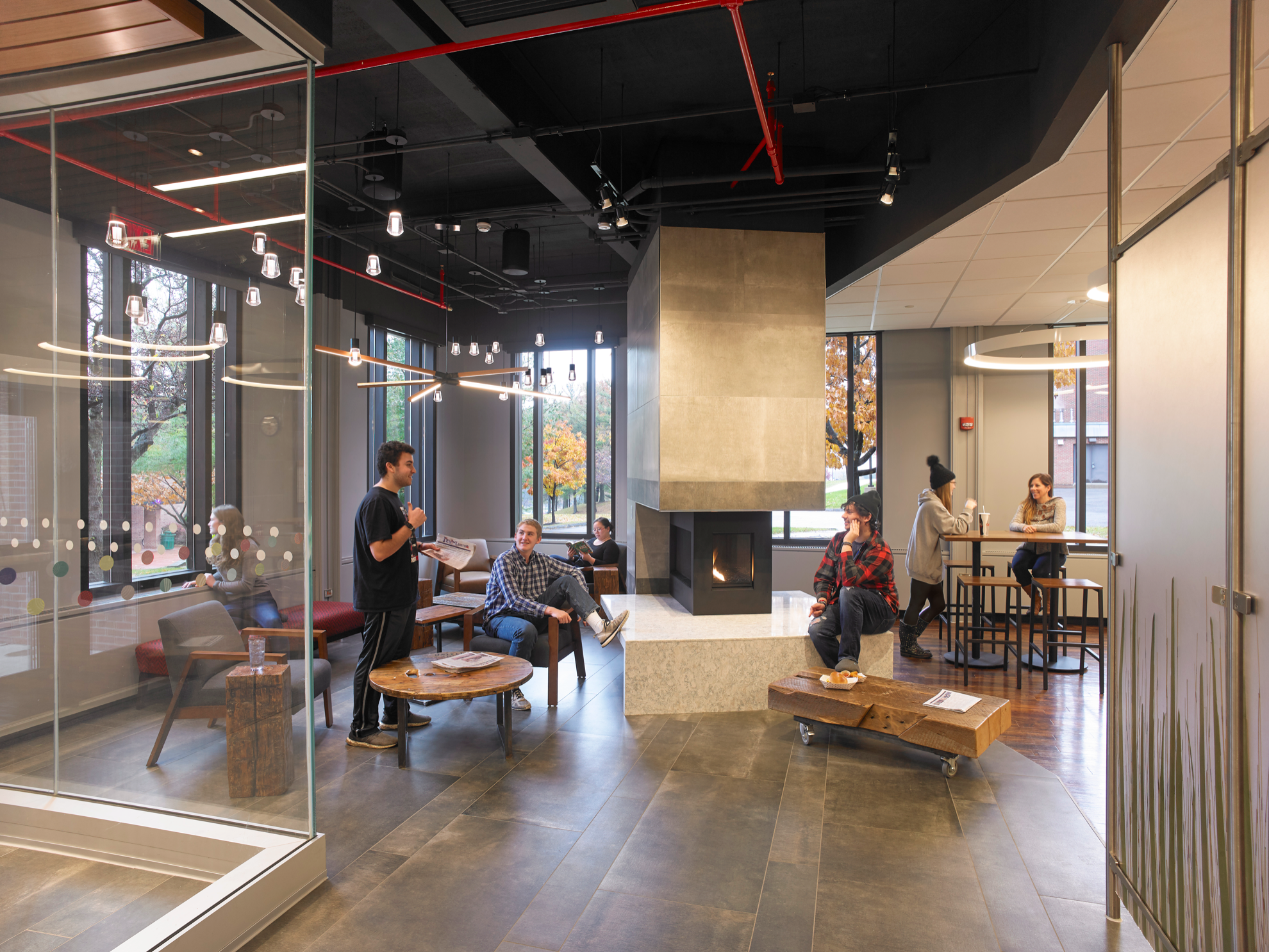The Architecture of Learning: Trends in Higher Ed Design
In today’s knowledge-driven society, colleges and universities are not just places of instruction; they are dynamic environments that shape the way students learn, connect, and grow. Campus design can be a powerful tool for supporting this transformation.
1. Flexible, Adaptive Learning Environments Gone are the days of one-size-fits-all lecture halls. Higher education institutions are embracing flexibility, creating spaces that adapt to diverse pedagogies—from group collaboration to independent study. Modular furniture, writable walls, and advanced tech integration allow for seamless transitions between learning modes.
2. Designing for Belonging A sense of place supports a sense of purpose. Today’s students want more than functionality; they seek spaces that reflect their values and invite connection. The key is to focus on inclusive, student-centered design—comfortable nooks, wellness zones, open lounges—to create campuses where all students feel they belong.
3. Integration of Nature and Sustainability Sustainable, biophilic design has become essential to the higher ed experience. Natural light, green roofs, and energy-efficient systems are more than features—they are pedagogical tools, showing students how values of stewardship and innovation coexist.
4. Technology That Disappears The most successful campus tech doesn’t scream for attention. It’s intuitive, reliable, and quietly embedded into the built environment. Designs that offer seamless experiences—from charging alcoves to AR-enabled learning zones—enhance education without distraction.
5. Campus as Catalyst Spaces should spark inspiration. From flexible maker labs to contemplative study retreats, we design academic settings that support the full spectrum of student exploration. Architecture becomes a silent partner in every breakthrough, every conversation, every late-night epiphany.

